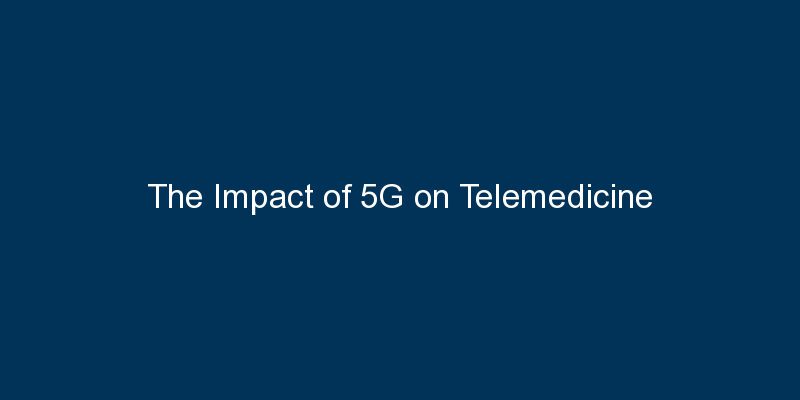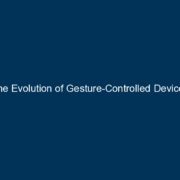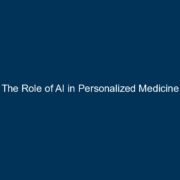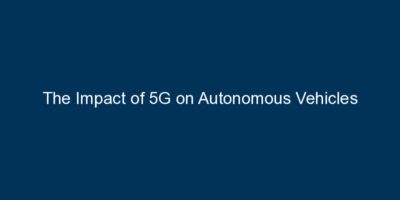In the ever-evolving landscape of healthcare, the convergence of telemedicine and 5G technology is shaping a future where medical services are not only accessible but also enhanced by high-speed, low-latency connectivity. This blog explores the profound impact of 5G on telemedicine, unraveling the opportunities and advancements that this synergy brings to the forefront of modern healthcare.
Revolutionizing Telemedicine Through 5G Connectivity
Ultra-Fast Data Speeds and Low Latency
One of the key advantages that 5G brings to telemedicine is its ultra-fast data speeds and low latency. Traditional telemedicine often faced limitations due to slower internet connections, hindering the quality of real-time video consultations and remote patient monitoring. With 5G, medical professionals can now engage in seamless, high-definition video calls and access patient data with minimal delay, fostering a more immersive and responsive telehealth experience.
Enhanced Remote Patient Monitoring
5G’s low-latency capabilities significantly enhance remote patient monitoring (RPM). Wearable devices and sensors equipped with 5G connectivity can provide real-time health data, allowing healthcare providers to remotely monitor patients with chronic conditions. This level of immediacy and accuracy in data transmission ensures that any concerning developments are promptly addressed, leading to more proactive and personalized healthcare interventions.
Advancements in Telemedicine Services
Augmented Reality (AR) and Virtual Reality (VR) Applications
The integration of 5G with telemedicine opens up possibilities for immersive healthcare experiences through augmented reality (AR) and virtual reality (VR) applications. Medical professionals can use AR to visualize patient data in real time during consultations, enhancing their ability to make informed decisions. VR applications, on the other hand, can be utilized for therapeutic interventions, such as virtual physical therapy sessions or mental health treatments.
3D Imaging and Remote Diagnostics
High-speed 5G connectivity facilitates the transmission of large datasets, including high-resolution medical images. This enables healthcare providers to conduct remote diagnostics with greater precision. 3D imaging, in particular, becomes more accessible, allowing for detailed assessments of medical conditions without the need for patients to travel to specialized facilities. This not only expedites the diagnostic process but also ensures that patients receive timely and accurate assessments.
Telemedicine in Emergency and Critical Care
5G-Enabled Emergency Consultations
In emergency situations, timely medical interventions are critical. The high-speed connectivity of 5G facilitates swift communication between emergency responders and medical professionals, enabling remote consultations and guidance. This is particularly valuable in scenarios where immediate access to specialized medical expertise can make a significant difference in patient outcomes.
Telemedicine for Critical Care Consultations
In critical care settings, where patients may be located in remote or underserved areas, 5G-enabled telemedicine ensures that they can receive expert consultations without the need for physical transfers. Intensive care units can benefit from real-time monitoring and consultations, improving the coordination of care and potentially saving lives in critical situations.
Challenges and Considerations in 5G-Driven Telemedicine
Infrastructure Development and Accessibility
The widespread adoption of 5G-driven telemedicine faces challenges related to infrastructure development and accessibility. While urban areas may experience robust 5G coverage, rural and underserved regions may encounter delays in infrastructure deployment. Ensuring equitable access to 5G connectivity is crucial to realizing the full potential of telemedicine across diverse populations.
Data Security and Privacy Concerns
As telemedicine relies on the transmission and storage of sensitive health data, ensuring robust data security and privacy measures is imperative. The increased connectivity of 5G introduces additional considerations for safeguarding patient information. Telemedicine platforms and healthcare providers must prioritize the implementation of encryption, authentication, and secure data storage protocols to mitigate the risk of data breaches.
The Future Landscape of 5G-Enabled Telemedicine
Telemedicine Beyond Borders
The future of 5G-enabled telemedicine envisions a borderless healthcare landscape. With high-speed connectivity transcending geographical constraints, patients can access specialized medical expertise regardless of their location. This has the potential to revolutionize global healthcare delivery, breaking down barriers and ensuring that individuals in remote or underserved areas receive the same quality of care as those in urban centers.
AI Integration for Enhanced Decision Support
The synergy of 5G and artificial intelligence (AI) holds promises for enhanced decision support in telemedicine. AI algorithms can analyze vast datasets transmitted through 5G networks, providing healthcare professionals with valuable insights and recommendations. This integration can streamline diagnostics, improve treatment planning, and contribute to more personalized and effective healthcare interventions.
Conclusion
In conclusion, the impact of 5G on telemedicine is transformative, ushering in an era where healthcare is not confined to physical locations. The combination of high-speed connectivity, low latency, and advanced technologies opens new frontiers in remote patient care, diagnostics, and emergency interventions. As telemedicine evolves with the capabilities of 5G, it is poised to become an integral part of the future healthcare landscape, offering accessible, efficient, and patient-centric services.
The ongoing advancements in 5G technology and telemedicine signal a promising future where healthcare is more connected, responsive, and inclusive. Embracing this intersection of high-speed connectivity and healthcare innovation holds the potential to revolutionize how we deliver and receive medical services, ensuring that quality healthcare is accessible to all, irrespective of geographical boundaries.




















Comments